
TANGIER
MAIN DISTRICTS
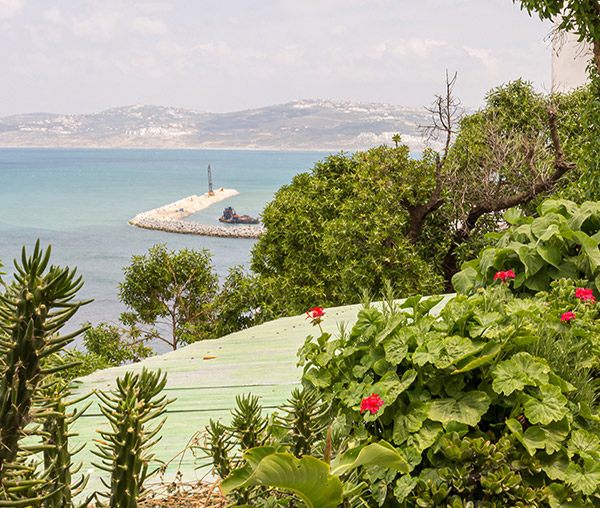
TANGIER
ITS MAIN NEIGHBORHOODS
History of the main districts of Tangier
The Berbers found the city of Tangier; they call it Tinga, “city of the lagoon”. The Phoenicians and the Carthaginians create a trading post and give way to the Roman administrators who stay during four centuries in “Tingis” the capital of a new province: “Mauritania Tingitana”. The Arabs govern the region and coexist with the Portuguese who build wharfs and piers to intensify maritime trade.
The Portuguese remain for two hundred years and the English, only twenty years. Tired of the guerilla warfare, they gradually gave up power to the Alaouite sultan in 1684. Unfortunately for Tangier, the last English governor, Lord Darmouth, dynamits the pier and we have to wait the twentieth century to finally see the port infrastructure rebirth.
Surrounded by ramparts built by the Portuguese, the MEDINA offers two sea fronts facing North and East.
Always considered as the heart of the city, “the little socco” is a commercial esplanade that experienced great development in the second half of the 19th century, thanks to the impetus given by Sultan Moulay El Hassan. The buildings surrounding the brand new post office, the Spanish legation and the first state bank of Morocco date from this period.
Exchange counters open many offices and Tangier is becoming one of the major international gold market places with transactions authorized in all currencies of the world.
The Portuguese are staying in Tangier during two centuries and the English for less than twenty years (from 1662 to 1684), the Siaghines’street is named ” Catherine’ street ” in homage to the wife of Charles II of England, born Catherine of Braganza, daughter of the King of Portugal. This Siaghines’street leading to the crossroads of the small Socco is, from that time, the most active and cosmopolitan commercial center of Tangier.
During the 50s, the small Socco gradually loses its appeal, and legations, post offices, banks and shops settled in the new city. Many buildings are built along the beach, Rue de la Liberté, Boulevard Pasteur… that is to say in the upper part of the city, from Place de France to the Spanish Consulate.
A city privileged by its exceptional geographical position, Tangier was the residence, since the eighteenth century, of the diplomatic corps of fifteen foreign countries which always considered the harbour as an essential axis for the economic and cultural development of Morocco.
In 1925, “THE STATUTE OF TANGIER” established the financial autonomy of the region. In this “TANGIER ZONE», an international legislative assembly was created with representatives of nine countries: England, Spain, France, Belgium, Holland, and the United States (diplomatically represented since the end of the eighteenth century) Portugal, Italy, Russia.
During the period 1924-1960, with no taxes and complete freedom to import and export, Tangier experienced an immediate economic boom and became one of the centers of gold trade.
MAIN DISTRICTS
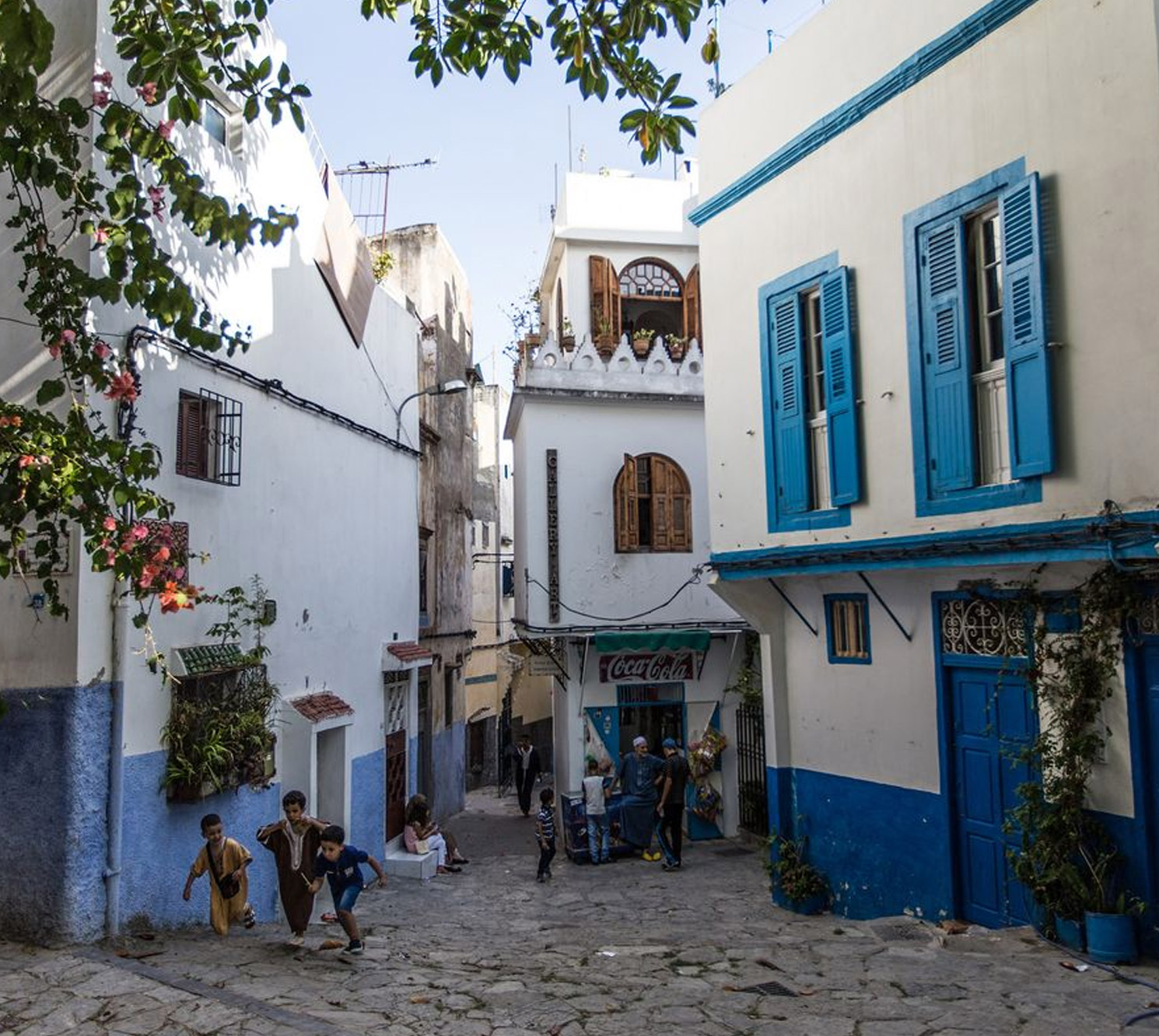
Perched at the highest point of the Medina, the Kasbah is its oldest and most historic quarter, and maybe the most well known of the main districts of Tangier. To reach it, first explore the lively Medina, a bustling microcosm of culture and commerce, then weave through its steep, winding streets. Dating back to the 10th century, the Kasbah has evolved over time, yet its ancient charm still evokes the grandeur of its past.
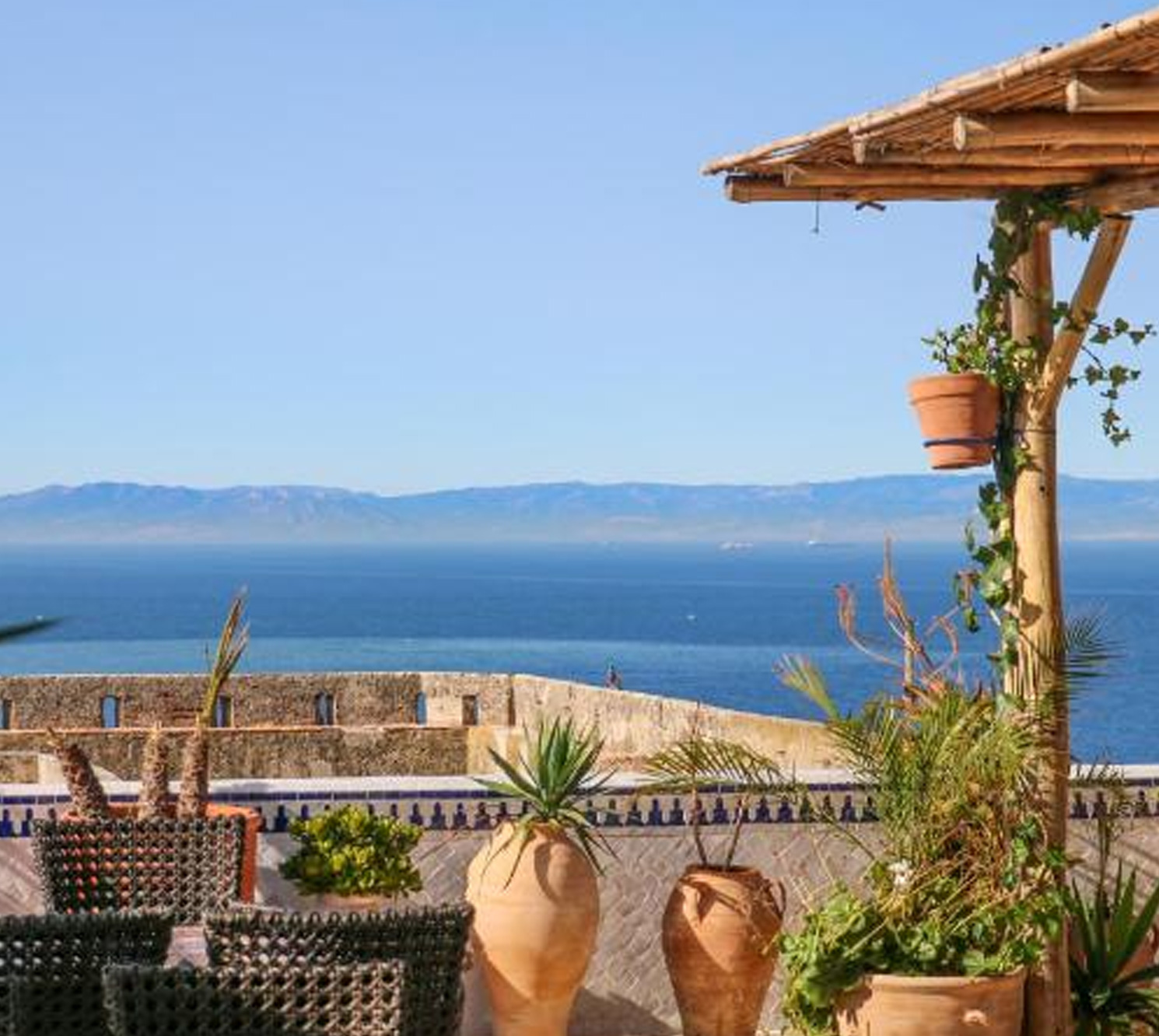
Marshan is an extension of the Kasbah. It’s a more recent district that links the Kasbah to the city center. Old Tangier families who love their city have always lived here, but artists and writers have also settled here. The district boasts a number of remarkable monuments, including the famous Café Hafa, the Palais Forbes and the second Palais Royal, which serves as offices and a reception area for official visits by heads of state.
The district’s charm comes from its old bourgeois homes, often single-storey, and its narrow streets lined with tall trees and flowers, which are sometimes lacking in the new town.
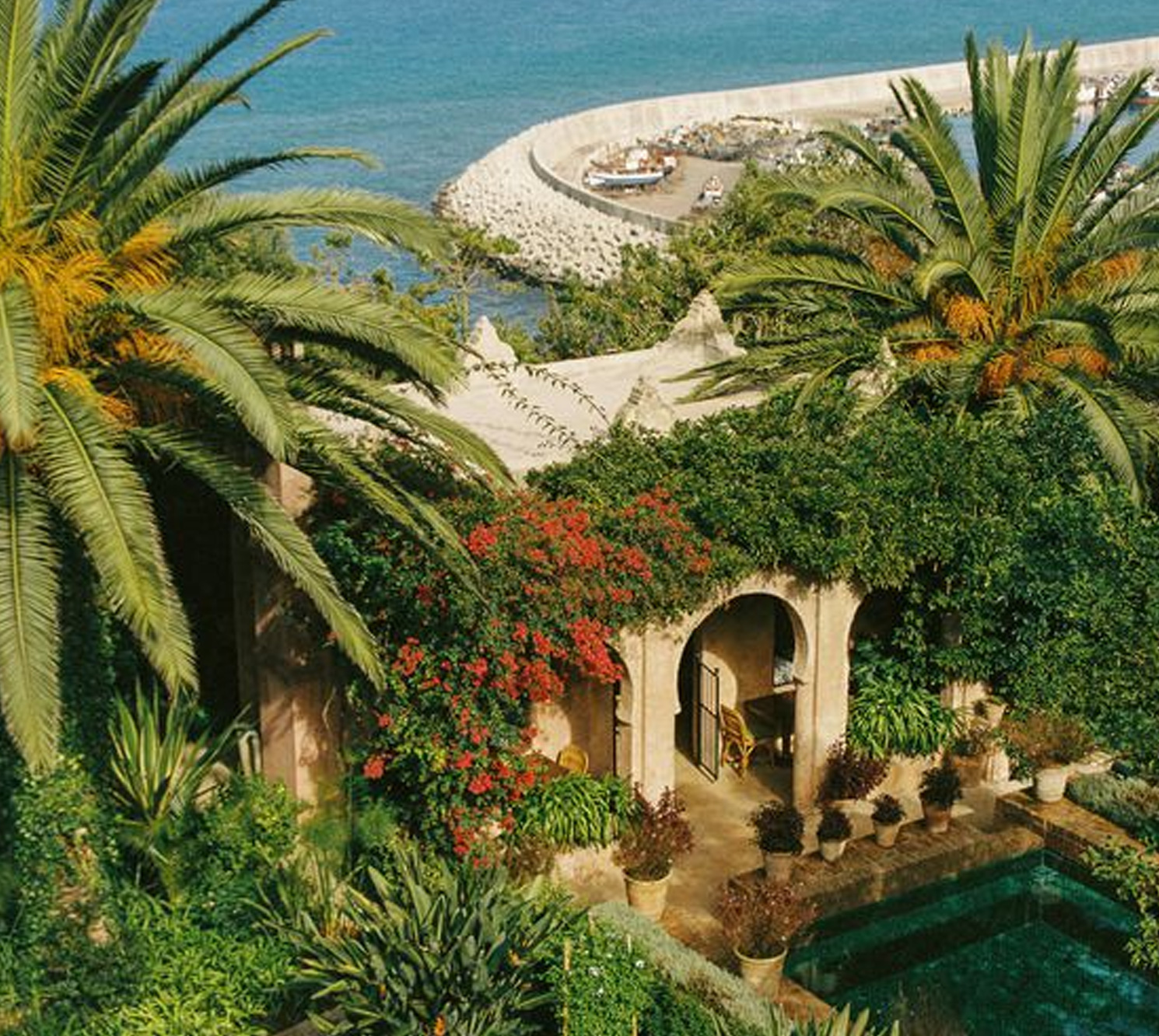
Perched on the heights of Tangier, the Old Moutain district reveals a breathtaking view of the Strait of Gibraltar and embodies the discreet refinement of a residential place imbued with history and architectural elegance.
Located west of the city center, overlooking the bay and the Atlantic Ocean, this district is among the greenest and most prestigious in the city.
A true natural belvedere, it takes its name from its rugged terrain where luxury villas, winding roads and lush gardens blend harmoniously into the landscape. Far from the hustle and bustle of the medina or Avenue Mohamed V, this peaceful enclave offers a striking contrast with the dynamism of the urban heart of Tangier.
Easily accessible by car or via tourist bus routes, just 10 to 15 minutes from the center or the port, the Old Moutain district constitutes an elegant and serene interlude in the bustle of Tangier.
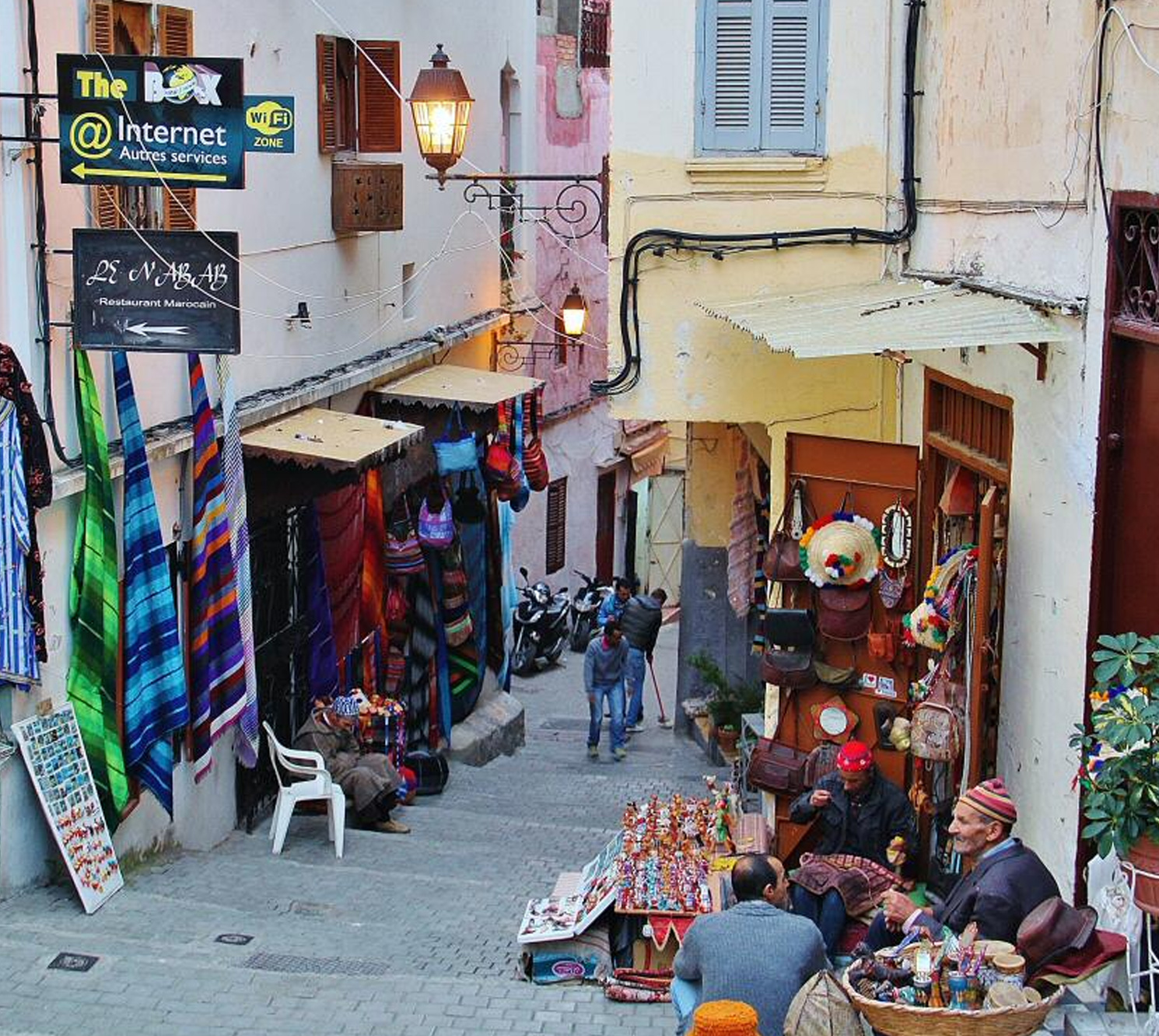
As you wander through Tangier’s Medina, vibrant blue plinths, doors, and windows create a striking backdrop in the city’s most picturesque quarter. Let curiosity guide you through its maze of narrow streets, where colorful staircases, cascading bougainvillea, and bustling artisan workshops capture the eye. Climbing toward the Medina’s highest points, take your time to soak in the atmosphere that has inspired countless artists over the years. In just moments, you’ll grasp the essence of this historic and lively district.
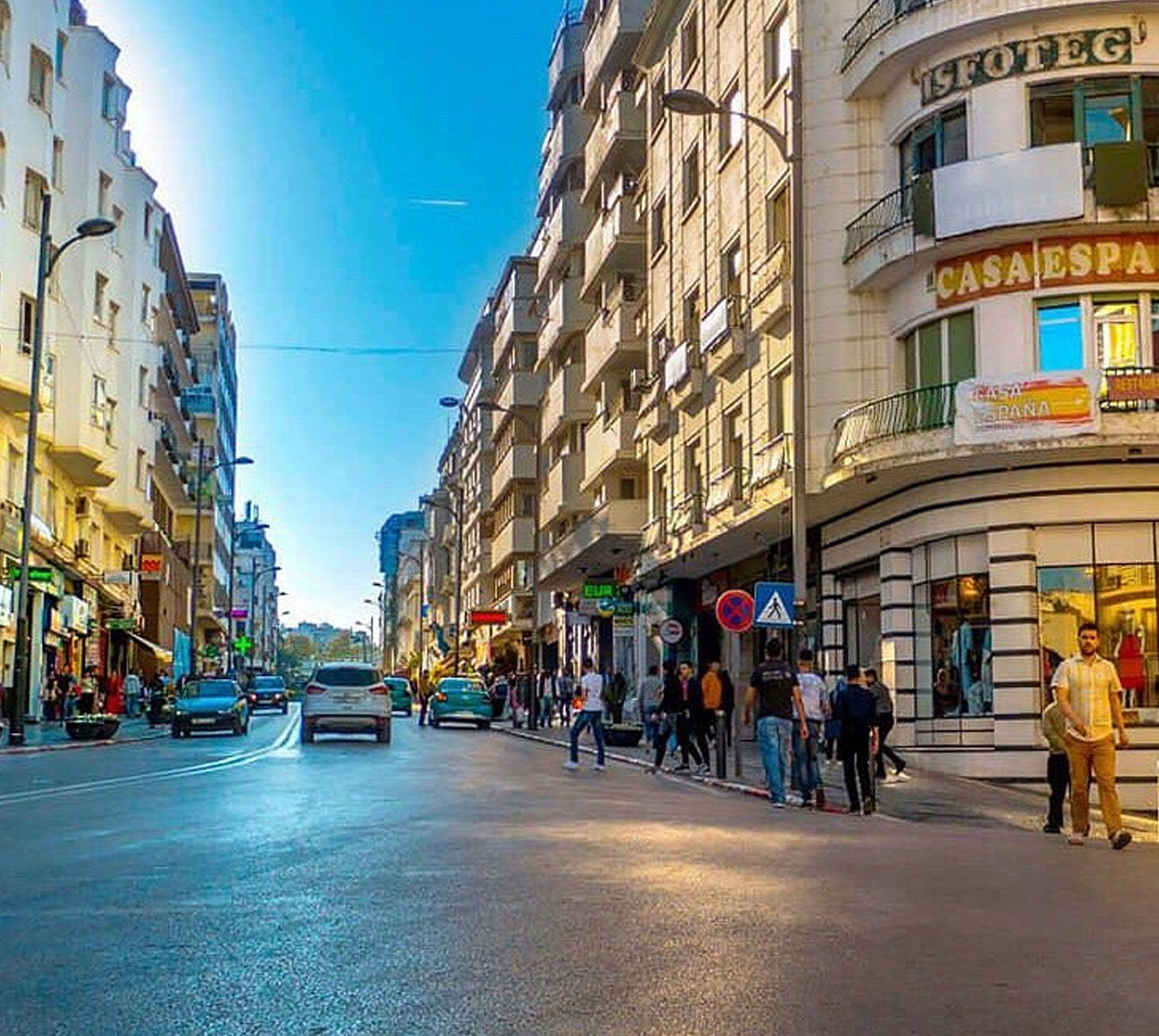
Today, Tangier city centre has become the heart of life in the capital of northern Morocco, with high-standard shopping facilities in districts where you can easily find numerous restaurants, shops and two large malls, the Ibn Battuta Mall near the Place des Nations and the Tanger City Mall near the new railway station and its high-speed lines to Rabat and Casablanca.
A truly international business centre has also found its place here, adding the design of its buildings to the more historic ones born of the city’s French and Spanish presence and those bearing the variety of old Moroccan constructions.
